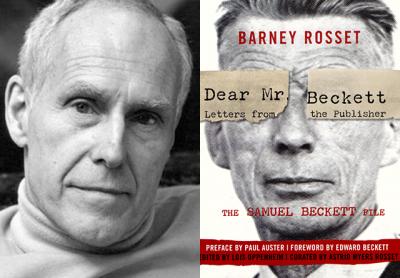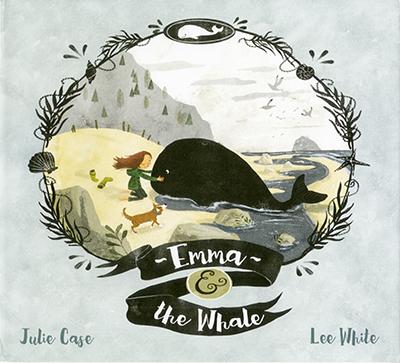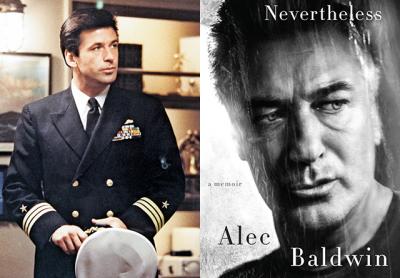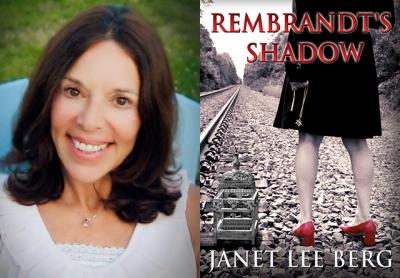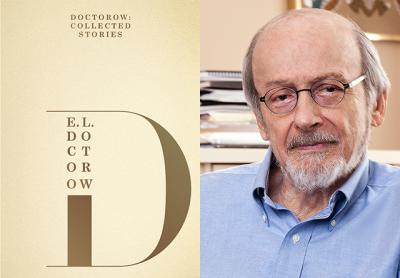Return of the Barnes Landing Writers
Return of the Barnes Landing Writers
The Barnes Landing Association will hold its 16th annual Anna Mirabai Lytton writers and artists showcase on June 3 from 2 to 3:30 at the Barnes Landing meetinghouse at the intersection of Barnes Hole and Water’s Edge Roads in Springs. Participating artists and writers are Francine Whitney, Kate Rabinowitz, Dee Slavutin, Valerie King, Meredith Hasemann, Mark Ginsberg, Susan Friend, Paul Ehrlich, Rameshwar Das, Fran Castan, Lisa Dickler Awano, and Hiroo Dickler Awano.
The event has been named in honor of a student and young writer from Springs — the daughter of Ms. Rabinowitz and Mr. Das — who died in a traffic accident in 2013.

